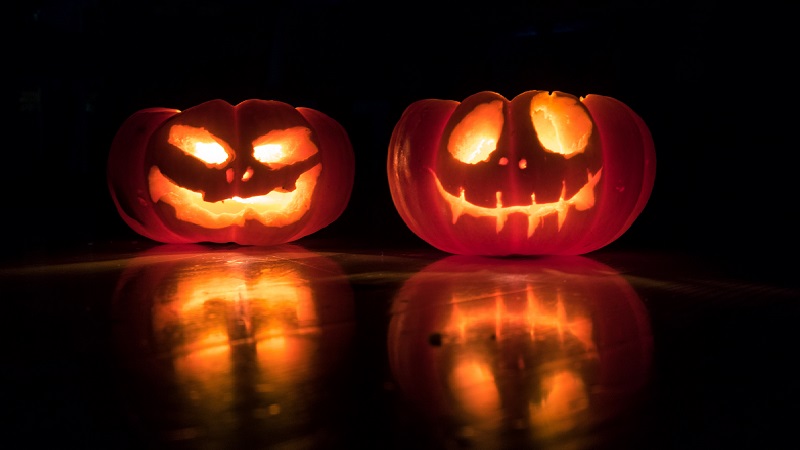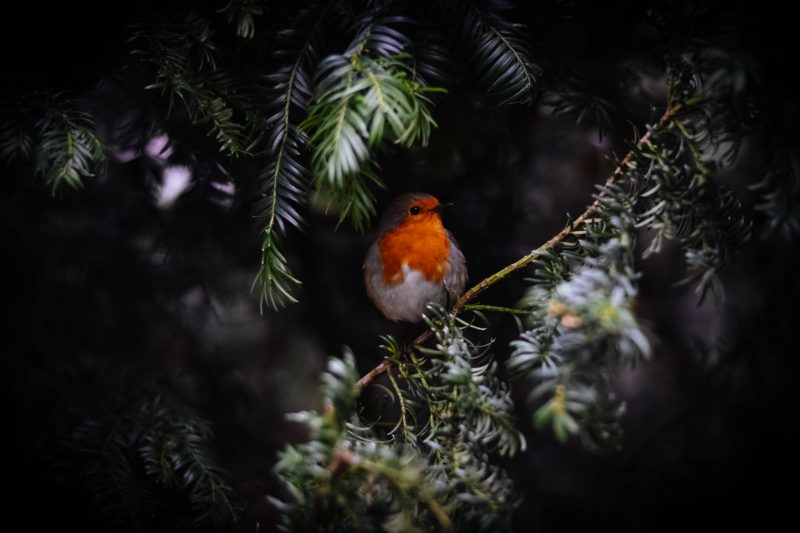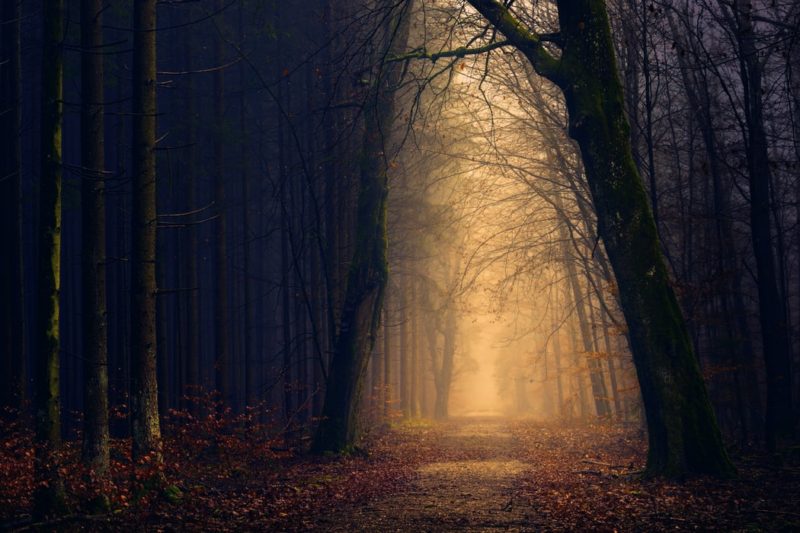If you somehow missed the hygge hype of the last couple of years (which would mean you didn’t enter any bookshop anywhere, so there may be larger questions to address here…), there’s still time to get on board. Louisa Thomsen Brits’ The Book of Hygge: The Danish Art of Living Well (2016), less popular than Meik Wiking’s The Little Book of Hygge published the same year, is the one I’m coming back to.The Danes are often cited as the happiest people in the world, and in our age of anxiety we seem more interested in achieving happiness than ever. Our obsession with being happy is probably where we are going wrong; hygge (hue-gah), like mindfulness, is not about achieving happiness. Contentment and peace, however, might be the happy by-products of paying attention to the present moment and taking pleasure in ordinary things. ‘Hygge’, often likened to cosiness, is a bit more than this according to Thomsen Brits – it encapsulates intimacy, connection and feeling anchored too.
If hygge is meant to be unpretentious, we can forgive the stylish buff coloured pages and Skandi-toned photographs, which add a bit of aesthetic satisfaction to the otherwise homely message of this book. It thankfully avoids a consumerist trap and won’t tell you which designer lamps to buy, or what recipes you have to try; it will show you that you already have hygge, right now in this moment. So, get snuggled in a Hyggekrog on a Hyggeaften and tune into the subtle nuances of hygge.
The trend of foreign wellbeing words (hygge, ikigai, lykke, lagom) now forming their own sub-genre in self-help literature, has been met with plenty of cynical reviews, but hygge is something I’m coming back to each winter. Not just to quip about Danish pyromania as others have done (candles and fires are quintessential hygge) but because whether you hygger alone or with others, this book brings out and reframes anything quotidian as ritual. And I love ritual. In bathing, for example, ‘we celebrate a private and ancient ritual. There is ritual and hygge in bedtime routines – calling dogs in from the garden and locking the doors, carrying a glass of water upstairs, drawing the curtains…folding down the covers.’ Not drudgery, not automatic, but ritual.
Seen in this way, all of our daily acts are imbued with significance, and performing them with kindly attention (without denying life’s many frustrations) is an important way in which we take care of ourselves. It’s similar to the idea of mindful routines. With pressures and demands still in the field of awareness, hygge is being invested in the present moment, knowing that this moment will change too, making it all the more sacred.
So it’s hygge that I’m thinking about as we move towards Halloween. While for most, Halloween is about the spirit of fun and embracing play, it’s also a one-sided fest of the ghoulish and the gruesome. I’m not big on Halloween; I don’t do gory make-up or cocktails with eyeballs floating in them – not hygge at all. I did once attend a film screening of Nosferatu (1922) in a cathedral with live organ accompaniment (this I can recommend). It might have been a surprising event for the church to host, but we were reminded not to be afraid to look into and acknowledge the dark. Here the dark was merely the balance to all that is safe and known. At Samhain (sow-in), Halloween’s ancient predecessor, the boundaries between the living and the dead were believed to be temporarily dissolved, and spirits free to roam and return. All spirits, not just the scary ones. So this was also a time for honouring the dead, or even laying a place at the table for ancestors distant or near. It’s a private domestic ritual set within a public festive one. Samhain is therefore about connection and connectedness, with ourselves, between ourselves and with a wider unknown world. Just for one night.
I won’t be dressing up or going out this Halloween, but I will be thinking about how Samhain might fit in with the spirit of hygge. For Thomsen Brits ‘Hygge relies on an interplay between presence and absence – the unheard dialogue between everything tangible and concrete around us and all that we cannot see on the periphery of the moment.’
The experience of hygge is not therefore a simple equation with ‘cosiness’, hygge doesn’t deny the fear or the threat outside, the loss or the wider uncertainty in our lives. Instead, to hygge is to simply immerse ourselves in the ordinary rituals of the present moment – cradling a warm mug, listening to the rain, or to each other, with the wind and the growing dark just on the other side of the pane. Hygge is ‘a quality of presence’ and ‘an experience of selfhood and communion’, and like all things, it is also temporary, and that is part of the charm.



